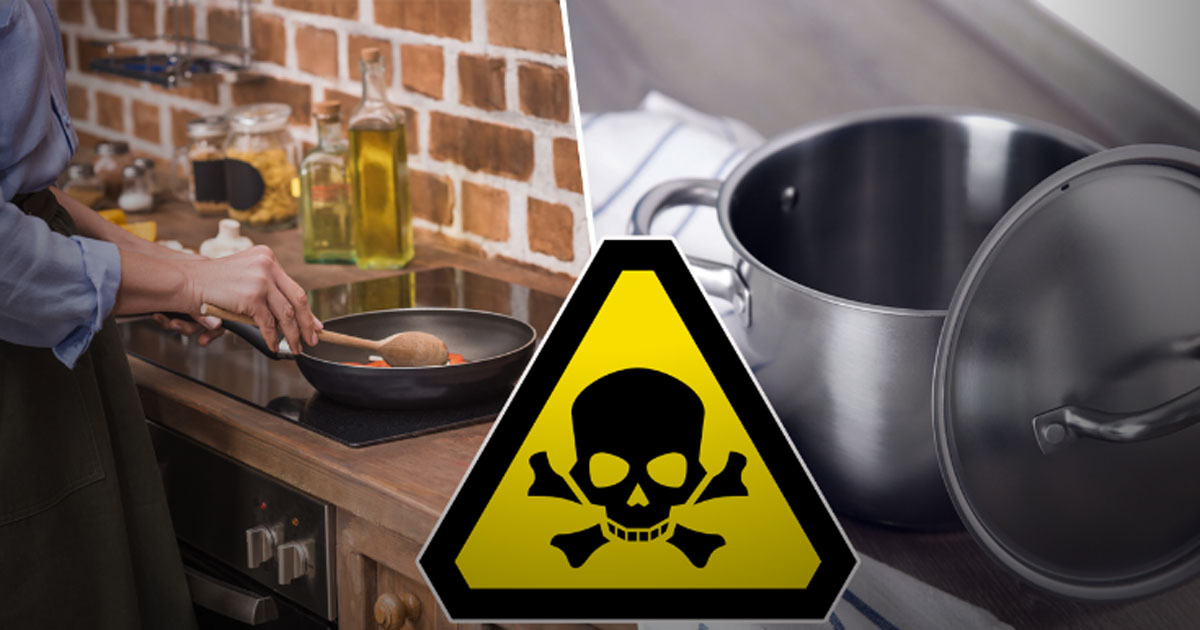Why does the piston in a French press not go down to the bottom of the flask?
Sometimes French press owners complain that the piston inside the flask does not go down completely to the bottom. We tried to figure out whether this is good or bad. And it turned out that sometimes this is specifically provided for by manufacturers, and there are good reasons for this.
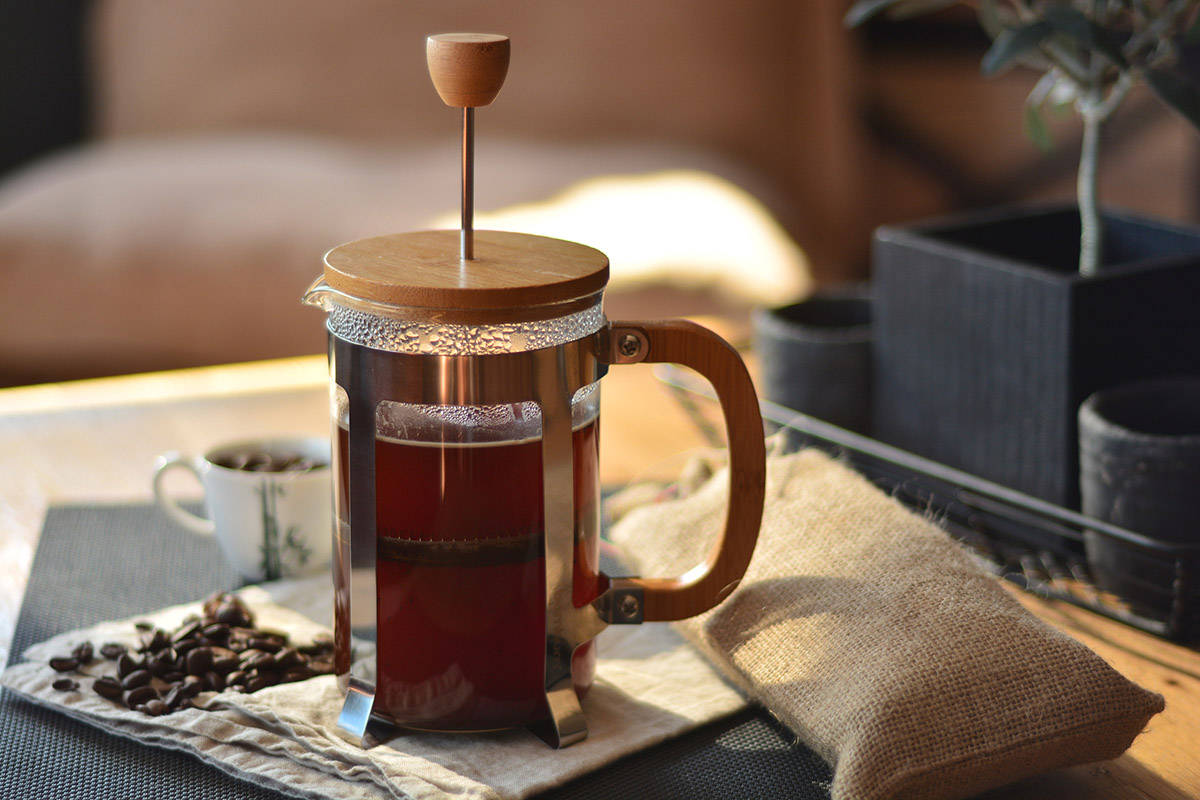
The content of the article
Why is it not necessary to lower the piston to the bottom?
Basically, when the piston doesn't go all the way down, it's not always a sign of a bad French press or a manufacturing error. It turns out that there is an explanation for this, and even several.
Coffee may overextract
The technology for preparing coffee consists of extraction - that is, when all the substances responsible for the taste and aroma of the drink are extracted from the ground beans.
If coffee is not prepared correctly, it turns out unsaturated and without taste. If the extraction is too long, the drink will turn out bitter.

You can regulate the correct preparation of coffee not only by the duration of brewing and the degree of grinding of the beans, but also by the effort you put in when pressing the press itself. The denser the layer of coffee, the faster the extraction occurs - the resulting bitter drink.
Moreover, if you press too intensely, some of the ground grains may end up in the upper part of the flask - you will have to filter.In other words, in this case it is even good that the piston does not reach the end - this way you will get a tastier drink.
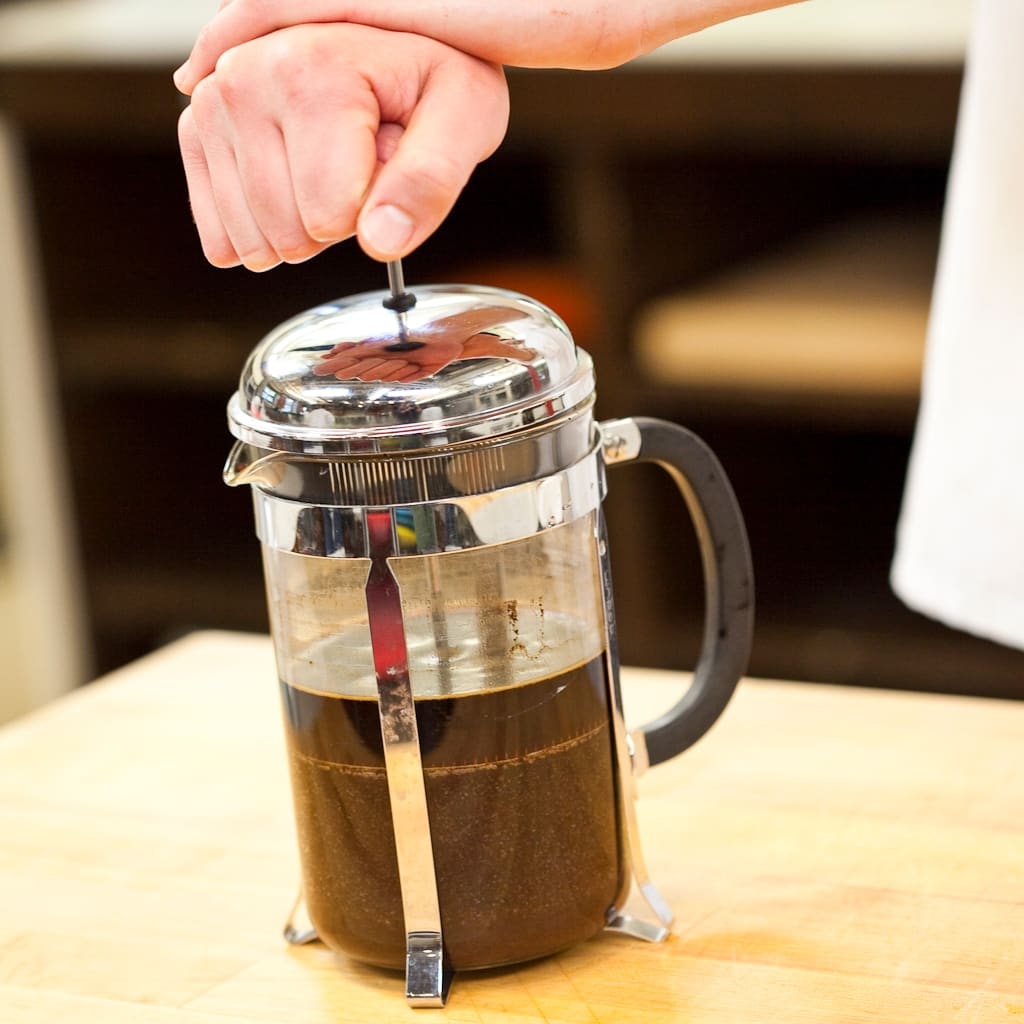
Tea leaves may be damaged
The French press very often replaces a regular teapot in our kitchen. And it is in this case that the piston would not damage the tea leaves if it reached the end. But with certain types of tea this is not necessary.

The French press may break.
If your French press is working properly and the piston still reaches the bottom, then even the manufacturers do not recommend pressing it as much as possible. Moreover, overextraction is absolutely not the main reason for such a recommendation.
It turns out that particles of both tea and coffee are quite capable of damaging the strainer, and it will soon break completely - you will have to buy a new French press. And if you press with all your might, don’t be surprised when the bulb cracks too.
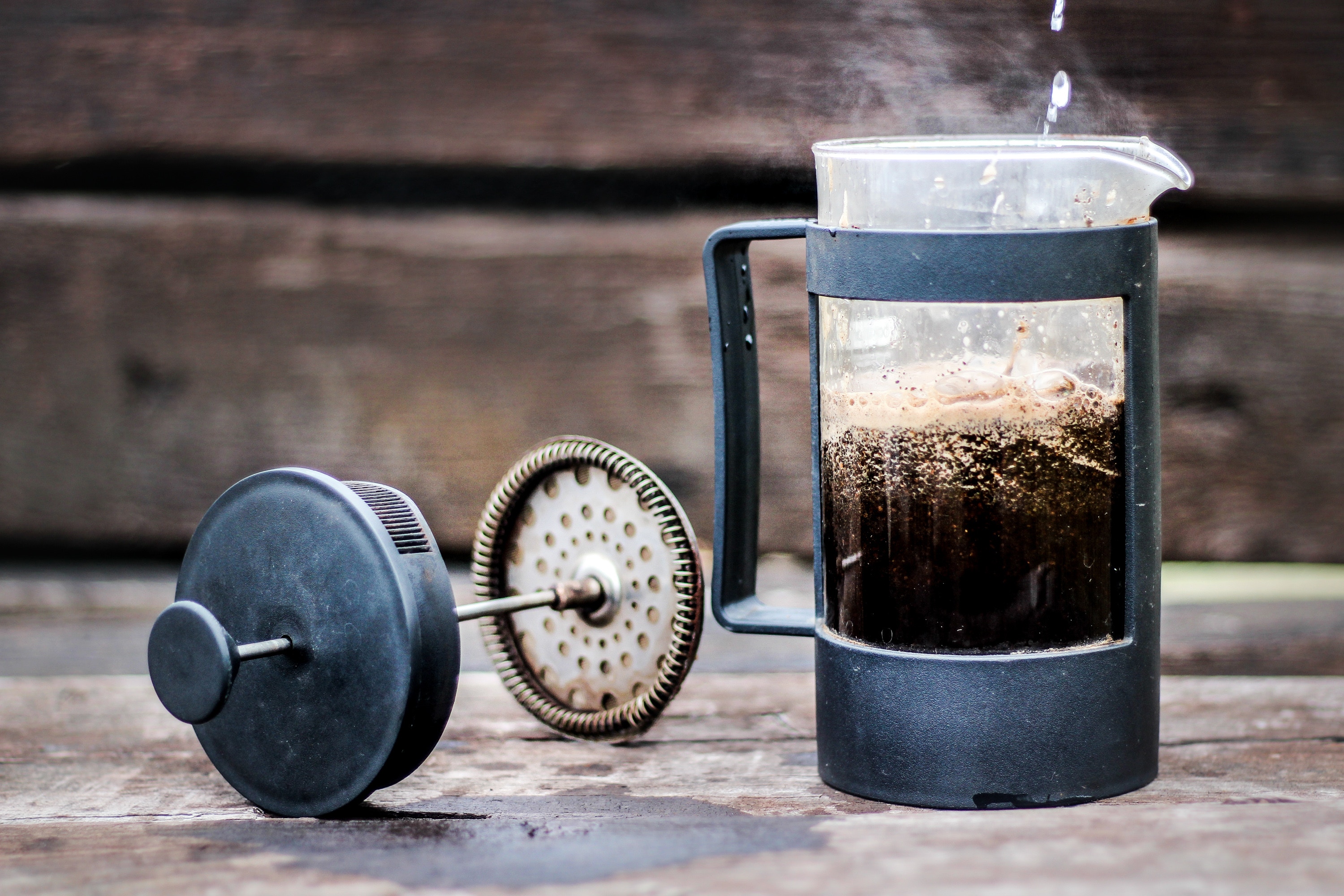
When can you still lower the piston all the way?
There is only one reason to press the piston to the bottom - when you want to froth milk for a latte or cappuccino. After all, many owners have long realized that the gadget is quite suitable for these purposes. But this must also be done according to the rules:
- heat the milk to 70°C;
- carefully pour it into the flask, but not more than one third of the volume;
- move the piston for 35 seconds;
- at the end - press the piston all the way and twist it a little;
- pour into the finished drink.
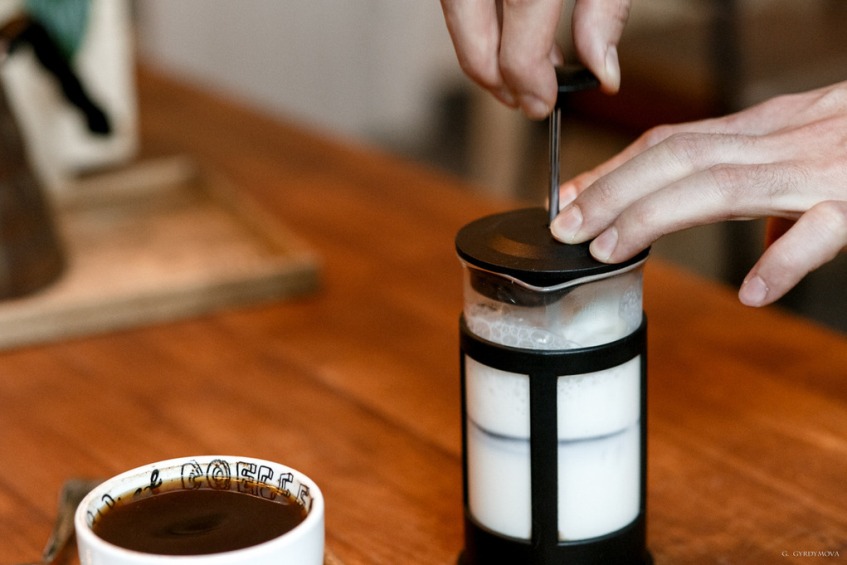
Thus, if the piston in your French press does not go all the way down, then there is absolutely no reason to worry.





